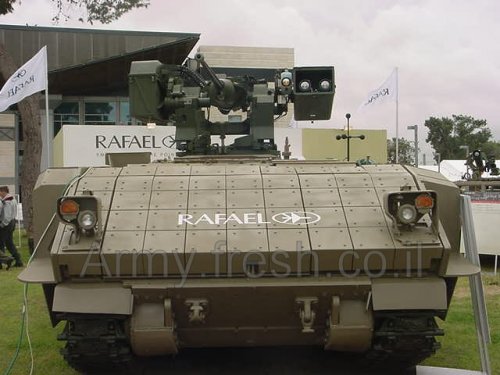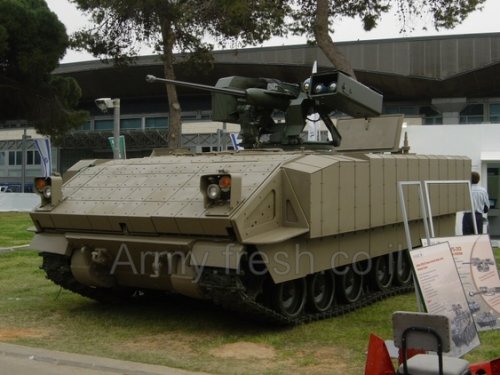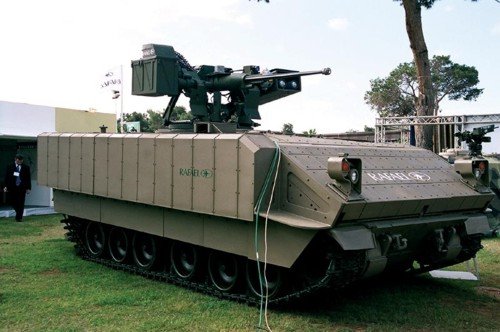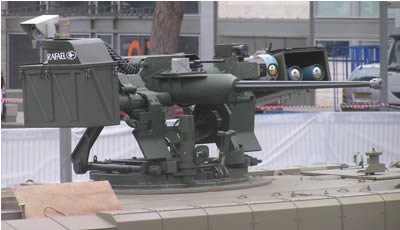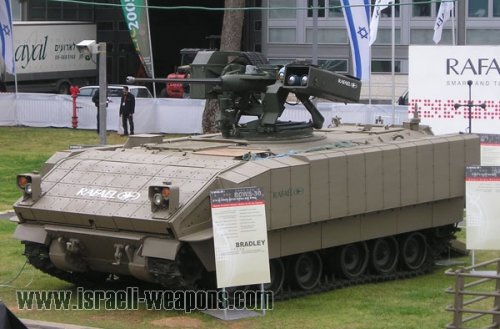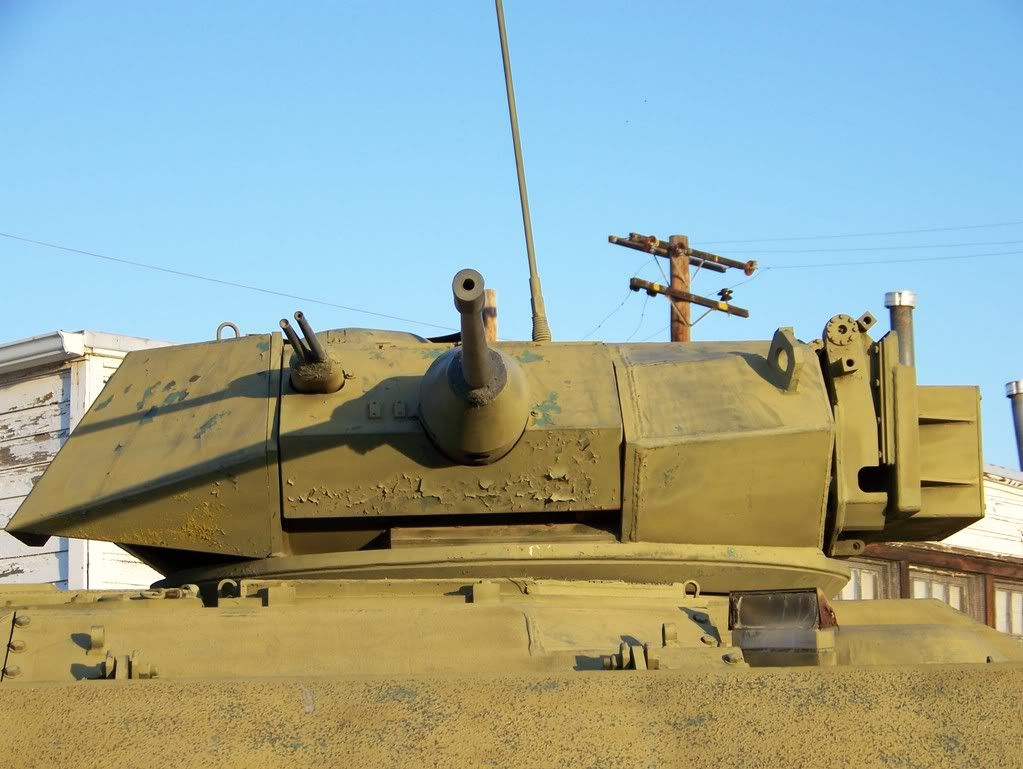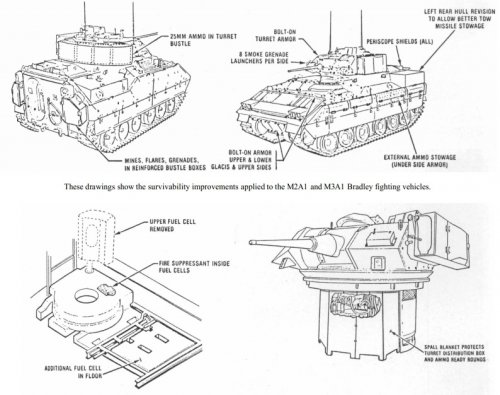- Joined
- 21 May 2006
- Messages
- 3,002
- Reaction score
- 2,280
G'day gents. It's been a long time, but last night I watched the movie The Pentagon Wars (if you haven't seen it here it is on Youtube - )
It's a movie based on the ridiculously long and questionable development of the U.S. Army's M2 & M3 Bradley IFV .
There's a scene where the USAF Colonel Burton, who has been assigned by Congress to observe and report on the testing of the new Bradley IFV, before Congress will give the ok for the design to be budgeted and put into full production and operational service.
Colonel Burton is tipped off (from time 1:04:40 on Youtube) by a former officer, who had originally been assigned the mammoth task of developing the specifications for the Bradley IFV program (I'm assuming its from the MICV-65 to the Bradley IFV aka take note of design evolution in movie, along with the pictures of the President throughout the movie!!) to go to the manufacturing facility where an initial production batch of 'modified' Bradley's are supposedly being built for the Israeli Army.
Continuing on with the movie..... Ironically, the Israeli's order has specified specific modifications to the questionable U.S. Army specifications of the Bradley (which are highlighted and the principle of the movie!). These Israeli specifications include "They want the fuel tanks on the outside, reinforced armour, a different ventilation system ......."
With these changes, which are completely contradictive to the U.S. Army's wants, and to what Colonel Burton has knowingly highlighted as flaws in the Bradley design, when Colonel Burton asks the Manufacturing Project Manager if the U.S. Army are aware of these combat-experienced induced requirements and modifications of the Israeli order. The Manufacturing Project Manager reply's "No change".
Can I ask the forum members is there any truth to this part of the movie re the Israeli order for the Bradley? I was not aware that the Israeli Army had any interest, let alone purchased any Bradley's! Does anyone have any details of Israel's interest or evaluation of the Bradley IFV??
Also out of interest, can anyone please highlight design specification originally incorporated into the Bradley design, which were in fact changed (or forced to be changed,) before the Bradley was allowed to be excepted into service?
Regards
Pioneer
It's a movie based on the ridiculously long and questionable development of the U.S. Army's M2 & M3 Bradley IFV .
There's a scene where the USAF Colonel Burton, who has been assigned by Congress to observe and report on the testing of the new Bradley IFV, before Congress will give the ok for the design to be budgeted and put into full production and operational service.
Colonel Burton is tipped off (from time 1:04:40 on Youtube) by a former officer, who had originally been assigned the mammoth task of developing the specifications for the Bradley IFV program (I'm assuming its from the MICV-65 to the Bradley IFV aka take note of design evolution in movie, along with the pictures of the President throughout the movie!!) to go to the manufacturing facility where an initial production batch of 'modified' Bradley's are supposedly being built for the Israeli Army.
Continuing on with the movie..... Ironically, the Israeli's order has specified specific modifications to the questionable U.S. Army specifications of the Bradley (which are highlighted and the principle of the movie!). These Israeli specifications include "They want the fuel tanks on the outside, reinforced armour, a different ventilation system ......."
With these changes, which are completely contradictive to the U.S. Army's wants, and to what Colonel Burton has knowingly highlighted as flaws in the Bradley design, when Colonel Burton asks the Manufacturing Project Manager if the U.S. Army are aware of these combat-experienced induced requirements and modifications of the Israeli order. The Manufacturing Project Manager reply's "No change".
Can I ask the forum members is there any truth to this part of the movie re the Israeli order for the Bradley? I was not aware that the Israeli Army had any interest, let alone purchased any Bradley's! Does anyone have any details of Israel's interest or evaluation of the Bradley IFV??
Also out of interest, can anyone please highlight design specification originally incorporated into the Bradley design, which were in fact changed (or forced to be changed,) before the Bradley was allowed to be excepted into service?
Regards
Pioneer

